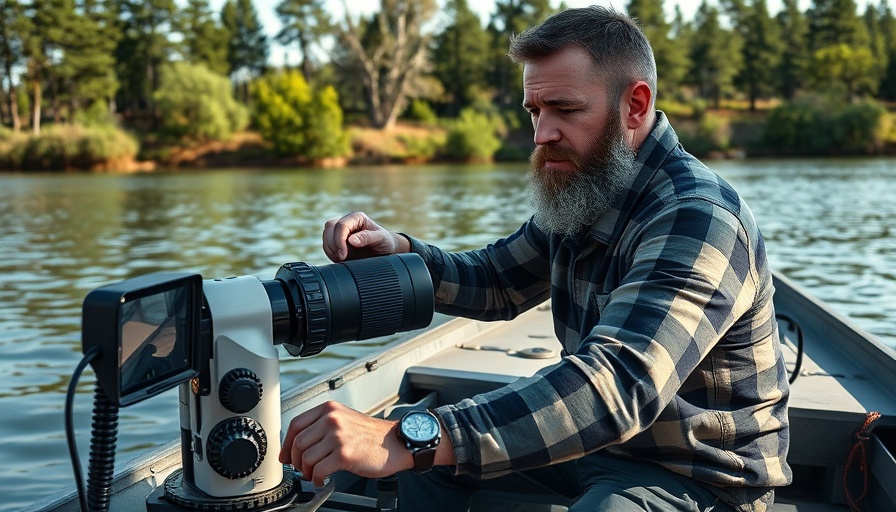
Understanding the Gulf's Summer Dead Zone
The summer months bring rising temperatures to the Gulf of Mexico, but they also herald an environmental concern known as the "dead zone". This year, NOAA forecasts that the dead zone will cover about 5,574 square miles, roughly three times the size of Delaware. This area of low oxygen, which could be detrimental to aquatic life, is primarily caused by nutrient runoff from urban and agricultural sources within the Mississippi-Atchafalaya watershed.
Why Should We Care About Dead Zones?
The implications of the dead zone extend beyond environmental concerns; they are a significant threat to the U.S. seafood industry and the tourism sector. As large numbers of fish and other marine species struggle to survive in these low-oxygen conditions, the entire ecosystem suffers, subsequently impacting local economies that rely on fishing and recreation.
The Science Behind the Numbers
NOAA utilizes extensive data from the U.S. Geological Survey to model the expected size of the dead zone. In May of this year, nutrient levels showed a complicated picture: while nitrate levels were down, phosphorus levels surged. This inconsistency underscores the complex relationship between pollution sources and their effects on our waters.
Combatting the Problem with Science
The USGS is actively engaged in tracking nutrient loading through comprehensive monitoring stations spread across the watershed. Their technology plays a crucial role in understanding and addressing the sources of pollution. This past winter, they released a watershed assessment that provides a more holistic outlook on water quality concerns in the region. This kind of data is vital for developing effective solutions to reduce nutrient runoff.
What Can Individuals Do?
Awareness is the first step toward action. Individuals can engage in community-level efforts to reduce pollution, such as supporting sustainable farming practices and advocating for stricter regulatory measures on wastewater treatment. By making informed choices, every person can contribute toward the health of our waters.
Looking Forward
With climate change intensifying, the situation in the Gulf may evolve, posing greater threats to marine ecosystems and human livelihoods. Staying informed is vital—not just for policy-making, but for the participation of concerned citizens in legislative dialogues aimed at protecting marine environments.
As the summer unfolds, we must keep a close eye on developments concerning the Gulf's dead zone and acknowledge our responsibility to help mitigate its impacts. Awareness and action can combine to forge a path toward healthier oceans.
 Add Row
Add Row  Add
Add 




Write A Comment